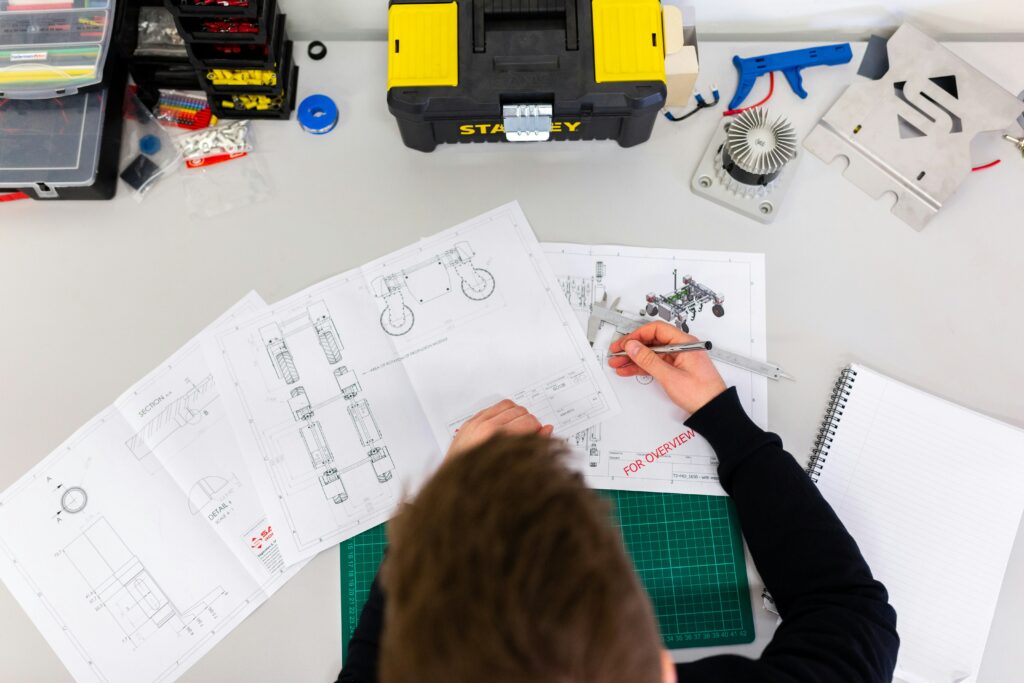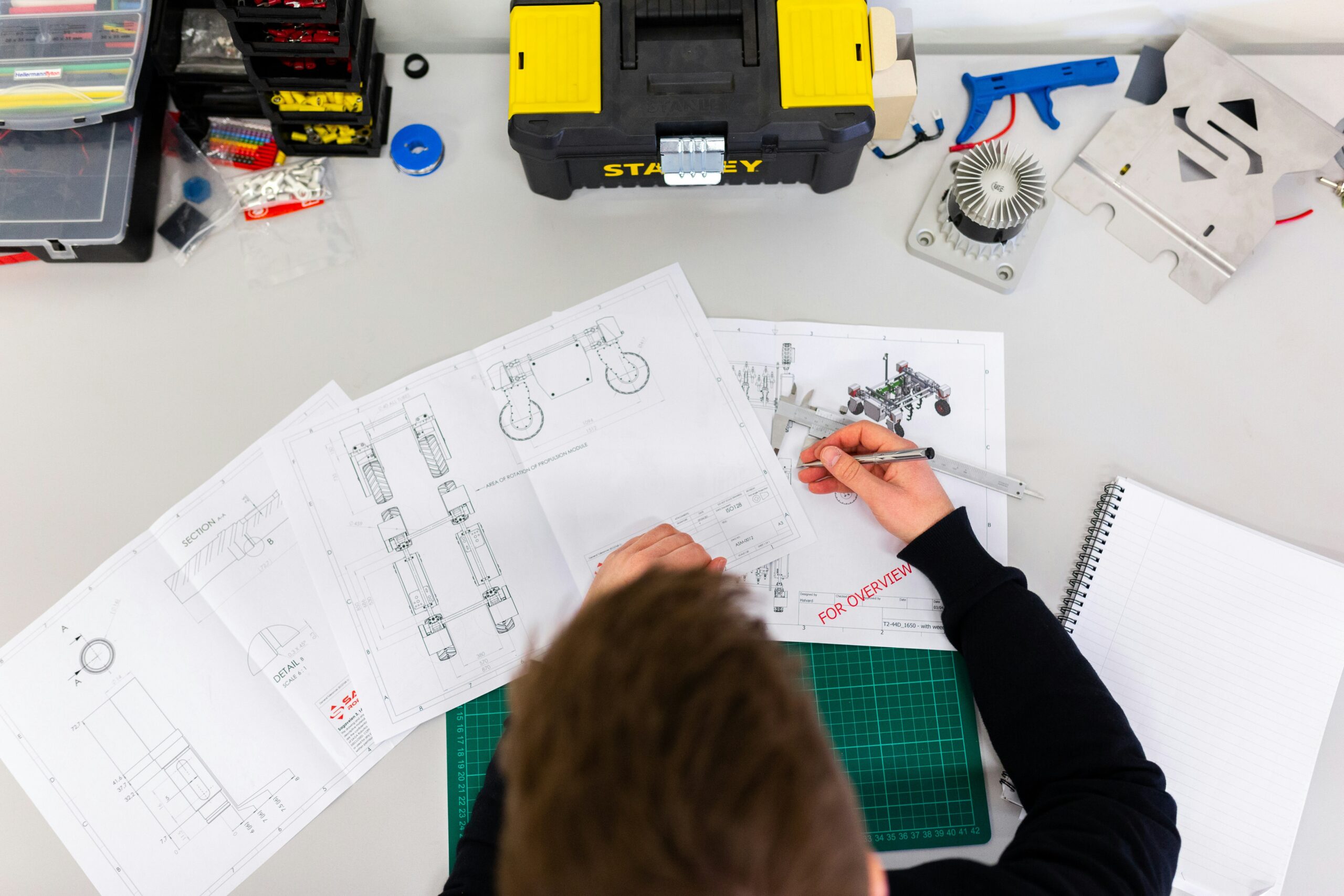He Civil Engineering today we are told 50 Basic Civil Engineering Interview Questions and Answers. Civil engineering continues to be one of the most vital fields globally, shaping infrastructure and contributing to sustainable development. If you’re preparing for a civil engineering interview in 2025, being well-versed in technical concepts, practical applications, and industry trends is essential. This guide provides you with 50 core questions and answers that can help you ace your interview and secure your dream role in civil engineering.

Basic Civil Engineering Interview Questions and Answers
1. What is civil engineering?
- Answer: Civil engineering involves designing, constructing, and maintaining the built environment, including structures like buildings, bridges, roads, and water systems.
2. What are the main areas of civil engineering?
- Answer: Structural, geotechnical, environmental, water resources, transportation, and construction management.
3. What are the key responsibilities of a civil engineer?
- Answer: Planning, designing, and supervising construction projects while ensuring safety and efficiency.
4. What is the difference between cement and concrete?
- Answer: Cement is a binding material, while concrete is a composite material made of cement, water, and aggregates.
5. What are shallow and deep foundations?
- Answer: Shallow foundations (e.g., strip footings) are close to the surface, while deep foundations (e.g., piles) extend deeper for support.
Structural Engineering Questions
6. What is a moment?
- Answer: A force causing rotation or bending in a structural member, measured as force × distance.
7. What are the types of beams?
- Answer: Simply supported, cantilever, fixed, continuous, and overhanging beams.
8. What is reinforcement in concrete?
- Answer: Reinforcement, typically steel bars, provides tensile strength to concrete, which is weak in tension.
9. What are the primary types of steel reinforcement?
- Answer: Deformed bars, plain bars, and welded wire fabric.
10. Define the modulus of elasticity.
- Answer: It measures material stiffness, calculated as stress/strain.
Geotechnical Engineering Questions
11. What are the types of soil?
- Answer: Clay, silt, sand, gravel, and organic soils.
12. What is soil compaction?
- Answer: It increases soil density by reducing air voids, enhancing strength and stability.
13. What is a retaining wall?
- Answer: A structure holding back soil or rock to prevent erosion or landslides.
14. What is a geotechnical investigation?
- Answer: Examining soil and rock properties for foundation and construction recommendations.
15. Why are soil tests important?
- Answer: To assess properties like bearing capacity and permeability for safe construction.
Water Resources and Environmental Engineering
16. What is a sedimentation basin?
- Answer: A basin where solids settle out of water by gravity.
17. Differentiate between sanitary and storm sewers.
- Answer: Sanitary sewers carry wastewater; storm sewers handle rainwater runoff.
18. What is an environmental impact assessment (EIA)?
- Answer: A study to predict and mitigate a project’s environmental impacts.
19. What are green building materials?
- Answer: Sustainable materials with low environmental impact, such as bamboo or recycled steel.
20. What is aeration in wastewater treatment?
- Answer: Adding air to promote microbial activity for breaking down organic waste.
Transportation and Pavement Engineering
21. What is a traffic impact study?
- Answer: An analysis of how a project affects local traffic patterns.
22. What are the main types of bridges?
- Answer: Beam, arch, suspension, and cable-stayed bridges.
23. What is a super-elevation?
- Answer: Roadway banking on curves for safety and comfort.
24. What is the purpose of a pavement management system?
- Answer: To plan maintenance and optimize resources for long-lasting pavements.
25. What is a catch basin?
- Answer: A structure collecting stormwater and debris, directing it to a drainage system.
Construction Management
26. What is a construction schedule?
- Answer: A timeline detailing project activities, milestones, and deadlines.
27. What are the types of construction contracts?
- Answer: Lump sum, cost-plus, unit price, and design-build.
28. What is a change order?
- Answer: A formal document modifying the terms of a construction contract.
29. What is a cofferdam?
- Answer: A temporary enclosure to keep water and soil out of a construction area.
30. What is the purpose of quality assurance (QA) and quality control (QC)?
- Answer: QA ensures processes meet standards; QC verifies that the final product meets specifications.
Miscellaneous Technical Questions
31. What is BIM (Building Information Modeling)?
- Answer: A digital representation of physical and functional characteristics of a structure.
32. What is the difference between a truss and a frame?
- Answer: A truss has members in tension and compression only, while a frame also resists bending.
33. What is the purpose of a culvert?
- Answer: To allow water to flow under roads or railways.
34. What is a load-bearing wall?
- Answer: A wall that supports the weight of the structure above it.
35. What is the difference between stress and strain?
- Answer: Stress is force per unit area; strain is deformation per unit length.
Behavioral and General Questions
36. Why did you choose civil engineering?
- Answer: Highlight personal passion and the desire to contribute to infrastructure development.
37. How do you handle project deadlines?
- Answer: Mention time management and prioritization skills.
38. Describe a challenging project and how you managed it.
- Answer: Provide a specific example, focusing on problem-solving and teamwork.
39. What are your strengths as a civil engineer?
- Answer: Discuss technical expertise, attention to detail, and effective communication.
40. Where do you see yourself in five years?
- Answer: Emphasize growth, learning, and contributing to impactful projects.
Industry Trends in 2025
41. What is digital construction?
- Answer: The use of technology like BIM, drones, and AI to improve efficiency in construction.
42. What are the current challenges in civil engineering?
- Answer: Sustainability, resource management, and adapting to climate change.
43. What is the role of AI in civil engineering?
- Answer: AI is used for predictive analysis, design optimization, and efficient resource allocation.
44. What is the significance of LEED certification?
- Answer: It promotes green building practices and sustainability.
45. What is the future of smart cities?
- Answer: Integrated systems for energy, transportation, and waste to improve urban living.
Practical Questions
46. How do you calculate load on a beam?
- Answer: Sum up dead, live, wind, and seismic loads as per design codes.
47. What is the purpose of a slump test?
- Answer: To assess the workability of concrete.
48. What is creep in concrete?
- Answer: Long-term deformation under sustained load.
49. How do you prevent soil erosion on a site?
- Answer: Use retaining walls, vegetation, and geotextiles.
50. What safety measures are essential on-site?
- Answer: Personal protective equipment, training, and compliance with safety regulations.
Do Copper Roof Strips Prevent Shingle Damage
Preparing for a civil engineering interview in 2025 requires a balance of technical knowledge, practical understanding, and awareness of industry trends. Use this guide to refresh your knowledge, practice your answers, and confidently showcase your expertise. Best of luck with your interview!


